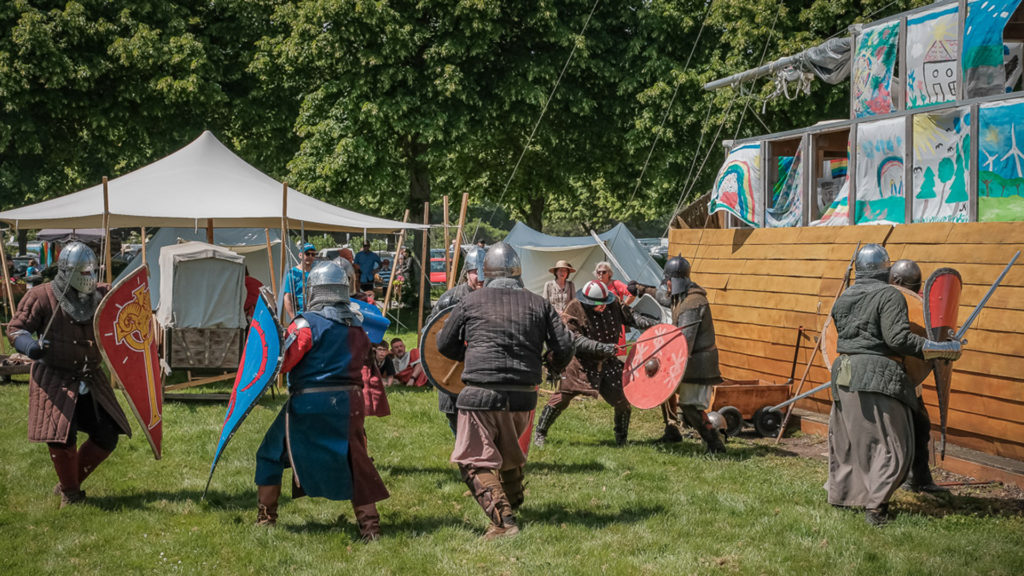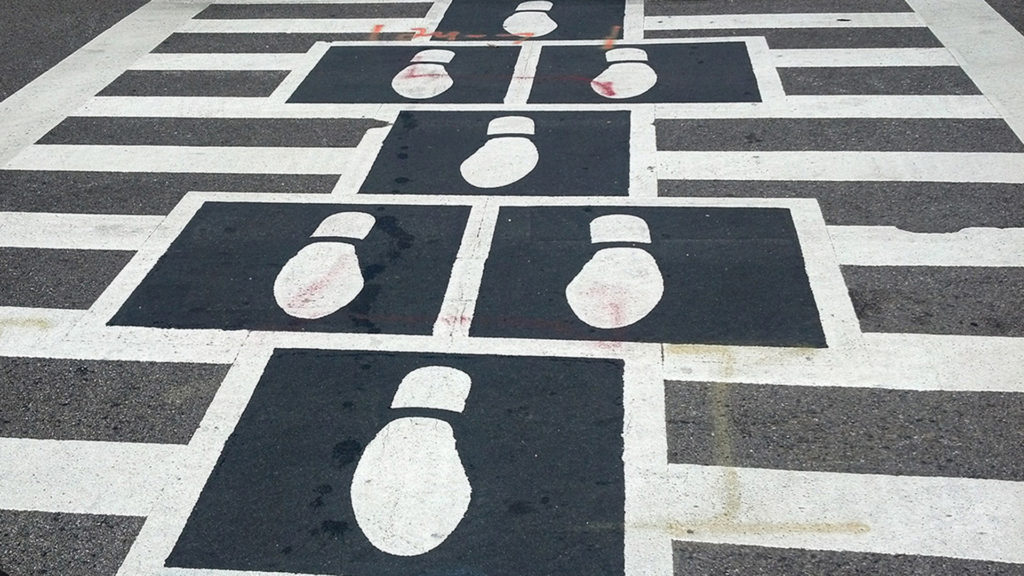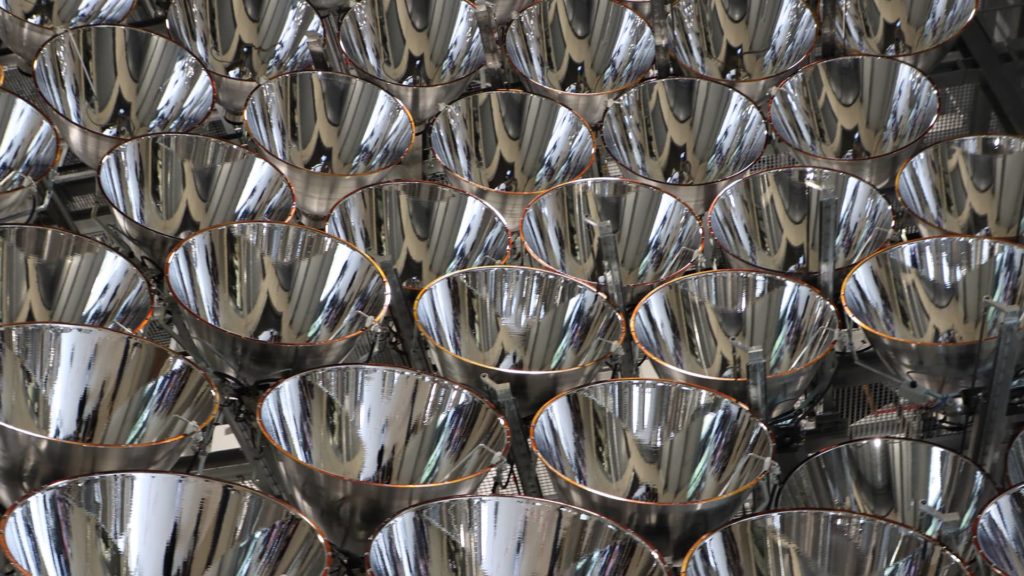Alessandro Pasqualini was a prominent Italian architect of the Renaissance, whose works significantly contributed to the development of fortress and architectural design in Germany and the Netherlands, particularly through his role as court architect in the Duchy of Jülich-Cleves-Berg.
Alessandro Pasqualini was born in 1493 in Bologna, Italy, and received extensive training in Renaissance architecture. In the 1530s, he moved to North-Western Europe, where he was appointed as the court architect by Duke William V of Jülich-Cleves-Berg. In this role, he profoundly influenced the cityscape of Jülich and its surrounding areas through his innovative use of Renaissance architecture and his expertise in fortification construction.
One of his most famous works is the Jülich Citadel, which he designed as one of the first European fortresses built in the bastion system. The citadel was planned as a regular quadrangle with bastions at each corner, representing a modern method of defense at the time. This structure stands as an early example of the new style of fortress construction and is a remarkable example of Renaissance influence on fortification design in Northern Europe.
Another significant work by Pasqualini is the Jülich Castle, which he designed as a residence for the Dukes of Jülich. Here, he skillfully combined Renaissance architecture with the need for defensibility. The castle merges military elements with representative features, becoming an important symbol of the power and influence of the Duchy.
Pasqualini’s impact on architecture and fortification construction in the region was profound. Through his work, he played a major role in establishing Renaissance architecture in Germany and the Netherlands. His blending of aesthetic and functional aspects in architecture, particularly in military construction, left a lasting legacy. Even after his death in 1559, many of his designs were continued by his successors, and his influence on the architectural style and development of the region was felt for many years.
















